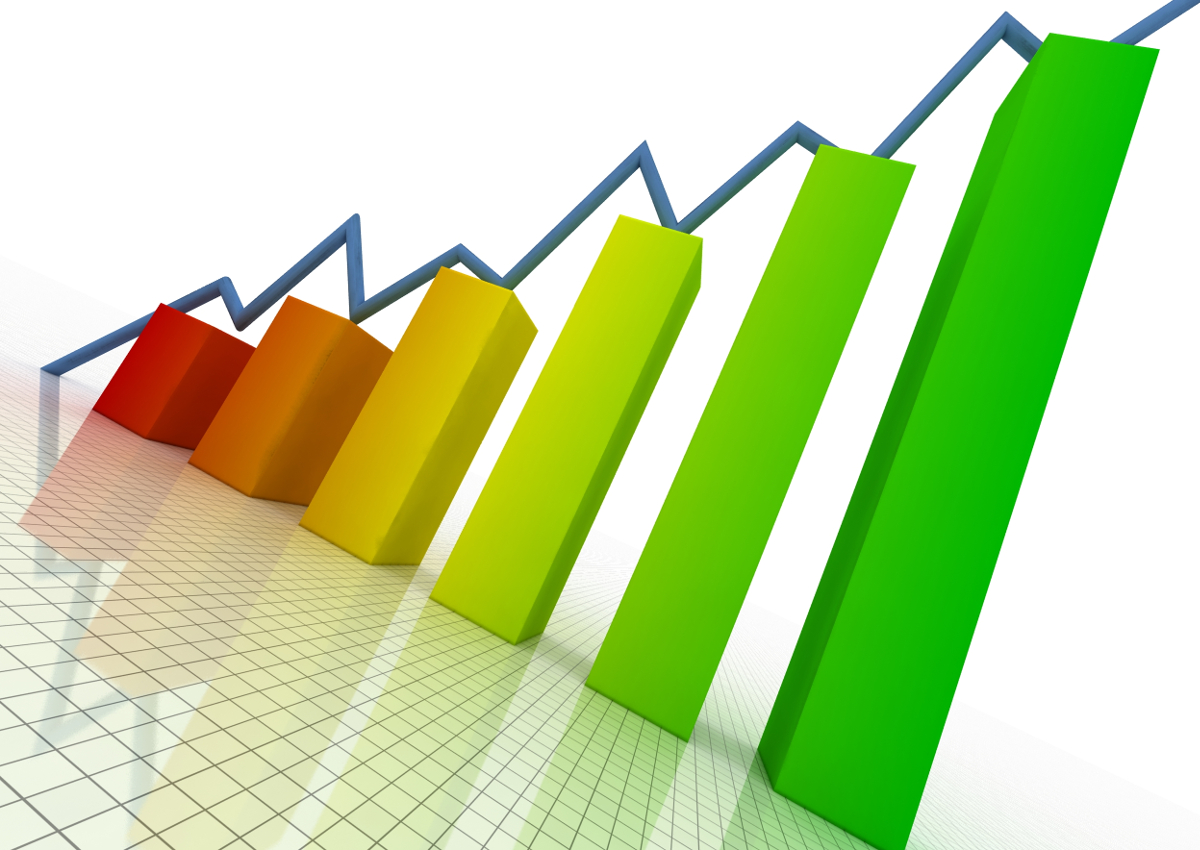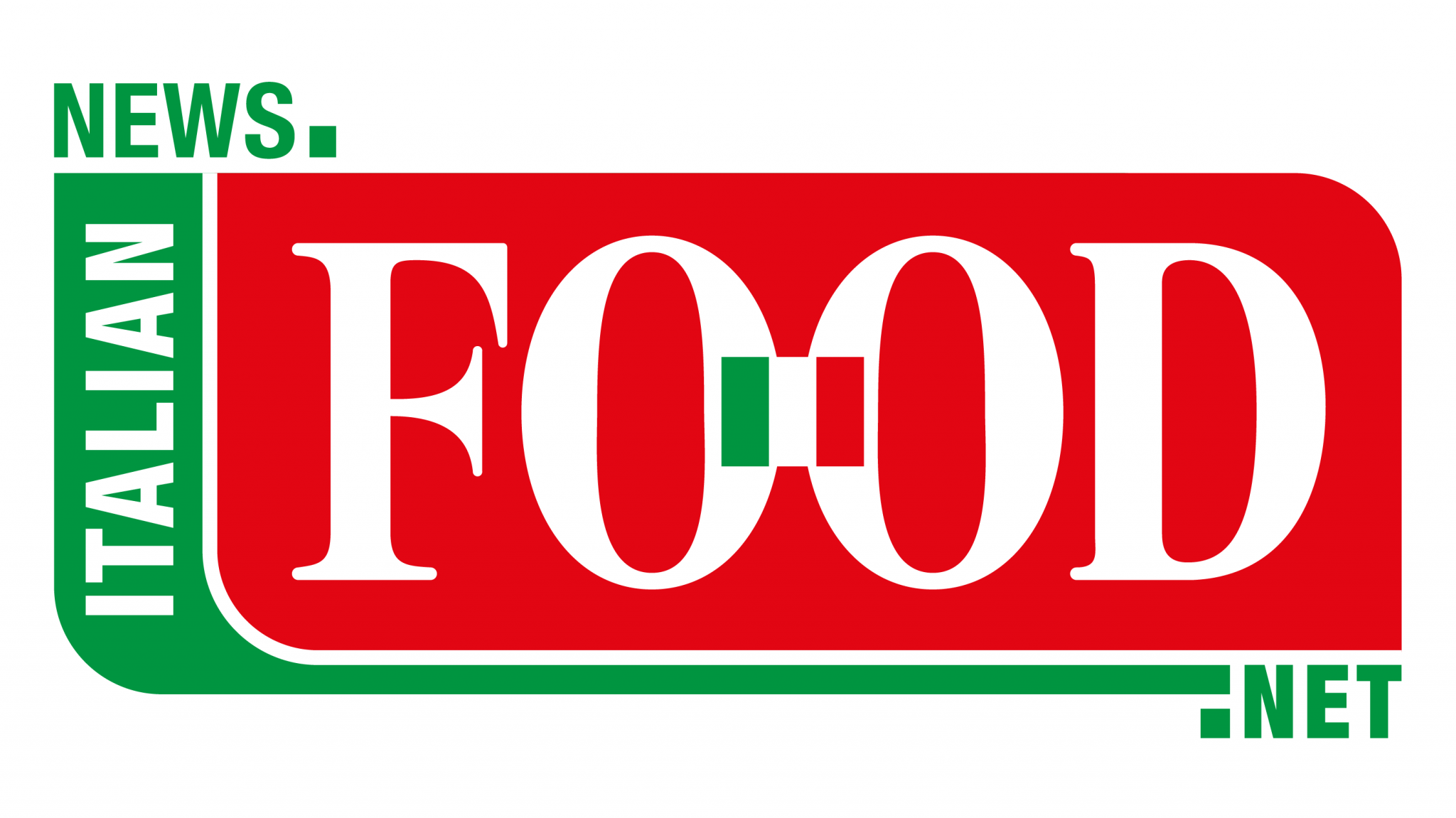
Despite adverse weather conditions tried to make it more difficult, the 2017 assessment was positive for Italian agro-food sector. This is shown by Agrosserva-ISMEA report on the last quarter of the year just ended.
Agro-food industry
Last year, the driving force behind the Italian agro-food sector was above all industry. Compared to 2016, benefiting directly from good performances of domestic and foreign demand, it recorded an increase of +1.8% in added value, +3% in industrial production, and +1% in employment. The effects of adverse weather conditions were felt, reducing production potential by 4.4% compared to 2016 (in terms of added value). Nevertheless, the number of agricultural enterprises remained almost unchanged (-0.3% in the Business Register in December 2017 on an annual basis). The number of enterprises owned and managed by young people (under 35) is increasing: they were 55,331 (+5.6% on 2016).
Exports and food consumption
If the industry behaved well, the exports of food and beverages were no less, closing the year at a record level of 41 billion euros: +6.8%, an even stronger growth than that achieved in 2016. Imports of food products also increased by 4.5%, reaching almost 45 billion euro. Finally, to complete the recovery there was the key role of Italian families’ food consumption, which after 5 years of impasse recorded a growth of +3.2%. According to latest data from Ismea-Nielsen, in fact, in 2017 Italian consumers spent about 3% more on food and 4.6% more on drinks (alcoholic and non-alcoholic) compared to 2016.
